What is Various forms of Energy: The Law of Conservation of Energy? Full information Of Energy.
Various forms of Energy: The Law of Conservation of Energy
Energyis basically the limit of an article to do work. Energy change happens amid most occasions and procedures Known to man. In these Energy, conservation is pursued! Our Universe has a fixed measure of energy. Energy can neither be made nor be demolished, it might change structure. Here, we will find out about various forms of energy with an exceptional spotlight on the energy conservation.
Law of Conservation of Energy
The law of energy conservation expresses that energy we can neither make nor annihilate energy. Energy just changes its structure. For instance, the motor energy of a moving item transforms into heat energy when the article goes to a full rest by the ideals of grinding.
The limit of an item to do work by goodness of its movement or position is its Mechanical Energy. It is the total of the kinetic energy and potential energy. Since in a large portion of the physical procedures, we ordinarily go over Active and Potential energy no one but, we can utilize it to examine energy conservation.
Kinetic Energy

The capacity of an article to do work as a result of its movement is called Kinetic Energy. For instance, the breeze's kinetic energy pushes the sail of a vessel and the pontoon pushes ahead. Streaming water has kinetic energy, and it has been bridled to drive the processors of flour factories for a considerable length of time. Motor Energy is signified by K and its unit is joules (J). It is communicated as:
Here, K is the active energy of the item, m is the mass of the article and v is the speed of the article
Potential energy can be characterized as the limit of an article to do work by ethicalness of its position. For instance, an extended bow string has potential energy. At the point when the bowstring is discharged, it moves the bolt forward. Another model may be that of an item raised over the ground. At the point when the said item is discharged, it surges downwards.
A compacted spring additionally has potential energy, when it is discharged, it extends with a power. Potential Energy is meant by V and its unit is joules (J). Here, we will focus on the potential energy of an item by uprightness of its situation regarding the world's gravity. Give us a chance to think about the accompanying representation:
Here, m is the mass of the item in kilograms and h is the tallness of the article from earth's surface in meters. Here, the potential energy of the item at a stature of h can be communicated as:
P = mgh
Here, g is viewed as the world's gravitational consistent and its esteem is set at 9.8m/s². We realize that an article will quicken at various rates concerning its separation from earth's focal point of gravity. In any case, the surface statures are minute when contrasted with the world's range, and subsequently, for every single down to earth reason, the increasing speed under the world's gravitational power is taken to be a steady.
In the physical world, energy is moved in numerous forms. Give us a chance to examine a portion of these forms.
Heat energy is related with the frictional power. For instance, on the off chance that we rub our hands together in the winter, they feel warm. So also, the tip of a dental specialist's drill gets incredibly warmed while penetrating into a tooth. So a cooling instrument is consolidated in the drill that directs the temperature by a fly of water.
Give us a chance to consider the accompanying representation where we think about an article in movement. Give us a chance to state that this article goes to a total rest by righteousness of the grinding of the surface alone.
Here m is the mass of the article, vi is the underlying speed of the item, x is the dislodging of the item and vf is the last speed of the article vf= 0. After we apply the work-energy theorem, work done by the frictional power of the surface will be:
W(friction) = ΔK
W(friction) = Kf – Ki; since, Kf = 0 then, W(friction) = – Ki = 1/2 [mvi2]
We likewise see that work done by contact, for this situation, is negative. The frictional power transforms the motor energy of the square into heat energy. This heat energy expands the temperature of both the item just as the surface.
Chemical energy can be most just characterized as the energy that ties together the atoms and particles of various materials. At the point when these sub-Nuclear bonds are broken, a lot of energy is discharged. For instance, when we light a flame to some wooden logs, we separate the mind boggling natural particles, and their synthetic energy is discharged. Essentially, a chemical response is conveyed by the exchange of energy. On which premise there are two sorts of responses:
• Exothermic responses: A chemical response that discharges energy. For instance, oxidation of coal. A kilogram of coal discharges 3×107 J of energy when copied.
• Endothermic response: A chemical response that retains energy. For instance, the response of ammonium nitrate and water expects heat to continue.
Nuclear energy ties together the protons and neutrons in the core of every component. It is the most grounded power known to man. Nuclear bombs outfit the Nuclear energy of uranium and plutonium. The destruction of Hiroshima and Nagasaki toward the second's end World War was brought about just barely of Nuclear issue when contrasted with the customary besieging materials. Nuclear responses can be sorted into:
• Fission: When a bigger core breaks down into littler cores. For instance, the parting of uranium core into littler cores like thorium and radium and so forth.
• Fusion: When at least two littler cores combine to shape a greater core. For instance, our sun's energy is inferred by the combination of hydrogen atoms.
Charges apply powers on one another and henceforth offer ascent to an electrical energy. The progression of electrical flow has energy. This energy can be bridled by passing the electrical flow through various materials and nebulous visions. For instance, when electrical flow goes through the fiber of a globule, it creates light. What's more, when electrical flow is gone through the motor of a fan, it turns the sharp edges.
Energyis basically the limit of an article to do work. Energy change happens amid most occasions and procedures Known to man. In these Energy, conservation is pursued! Our Universe has a fixed measure of energy. Energy can neither be made nor be demolished, it might change structure. Here, we will find out about various forms of energy with an exceptional spotlight on the energy conservation.
Law of Conservation of Energy
The law of energy conservation expresses that energy we can neither make nor annihilate energy. Energy just changes its structure. For instance, the motor energy of a moving item transforms into heat energy when the article goes to a full rest by the ideals of grinding.
Kinetic Energy

The capacity of an article to do work as a result of its movement is called Kinetic Energy. For instance, the breeze's kinetic energy pushes the sail of a vessel and the pontoon pushes ahead. Streaming water has kinetic energy, and it has been bridled to drive the processors of flour factories for a considerable length of time. Motor Energy is signified by K and its unit is joules (J). It is communicated as:


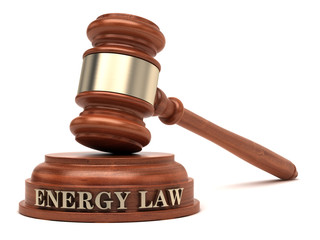
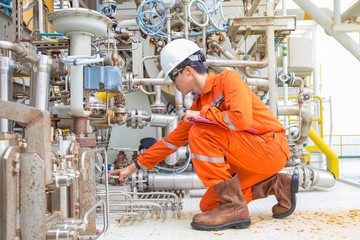
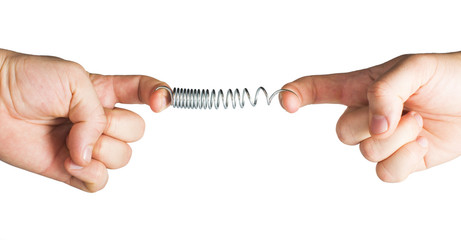
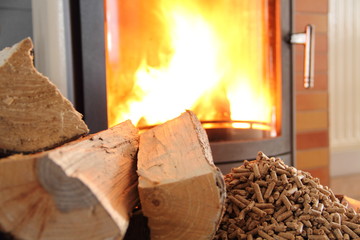
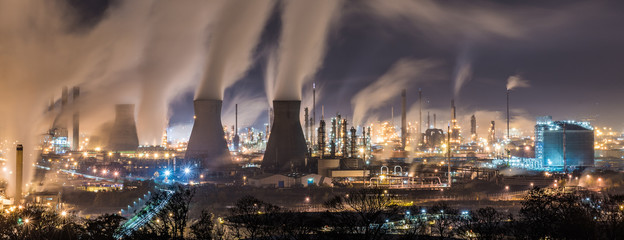
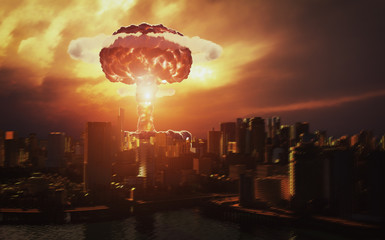
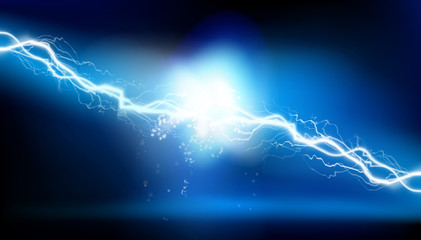






No comments